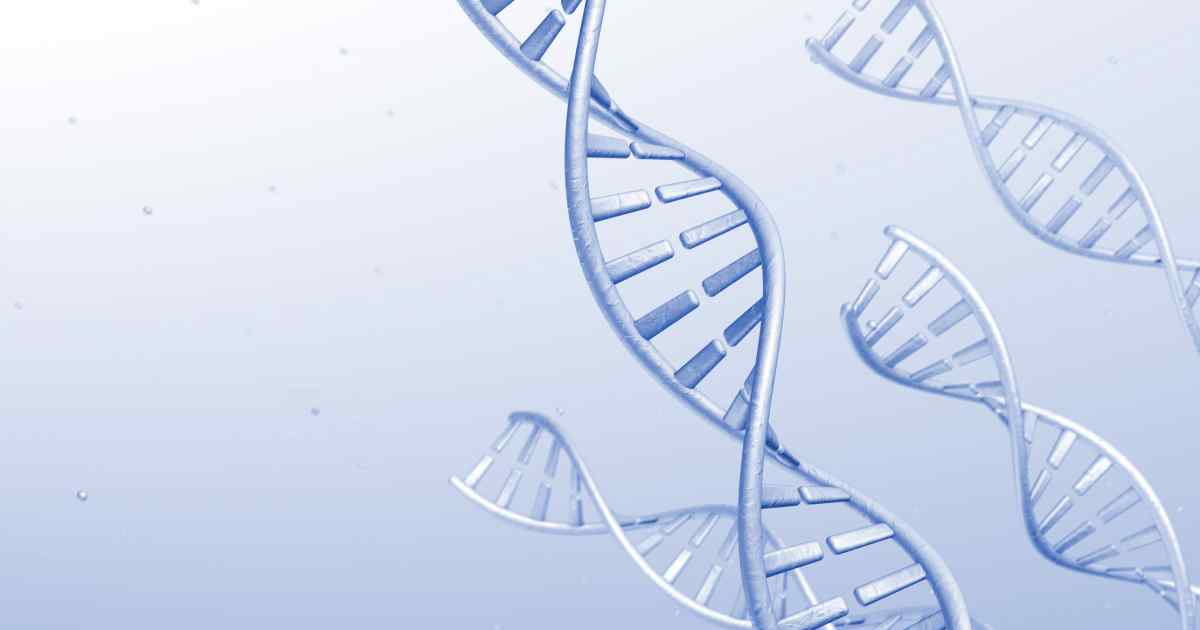
Expert Reviewed By: Dr. Brandon Colby MD
```htmlCone-rod dystrophy 2 (CORD2) is a rare genetic disorder that affects the retina, leading to progressive vision loss. The disease primarily impacts the cone and rod photoreceptor cells in the retina, which are crucial for color vision and low-light vision, respectively. Understanding, diagnosing, and utilizing genetic testing for CORD2 can significantly aid in managing this condition. This article delves into the intricacies of CORD2, how it is diagnosed, and the role of genetic testing in managing the disease.
What is Cone-Rod Dystrophy 2?
Cone-rod dystrophy 2 is a type of inherited retinal dystrophy characterized by the degeneration of cone and rod cells. This condition leads to symptoms such as decreased visual acuity, loss of color vision, and photophobia (sensitivity to light). As the disease progresses, individuals may also experience night blindness and peripheral vision loss.
Diagnosing Cone-Rod Dystrophy 2
Diagnosing CORD2 typically involves a comprehensive eye examination, including visual acuity tests, color vision tests, and electroretinography (ERG). ERG measures the electrical responses of the rod and cone cells in the retina, helping to determine the extent of retinal dysfunction. Additionally, fundus photography and optical coherence tomography (OCT) are used to visualize the retina and identify characteristic changes associated with CORD2.
Genetic Testing for Cone-Rod Dystrophy 2
Genetic testing plays a crucial role in the diagnosis and management of CORD2. Since this condition is inherited, identifying the specific genetic mutation responsible can provide valuable information for patients and their families.
Uses of Genetic Testing for CORD2
Confirming DiagnosisGenetic testing can confirm a diagnosis of CORD2 by identifying mutations in the CRX gene, which is known to be associated with this disorder. Confirming the genetic basis of the disease can help differentiate CORD2 from other retinal dystrophies that may present with similar symptoms.
Carrier TestingFor families with a history of CORD2, genetic testing can identify carriers of the disease-causing mutation. This information is particularly valuable for individuals planning to have children, as it allows them to make informed decisions about family planning and reproductive options.
Predictive TestingIn some cases, genetic testing can be used to predict the likelihood of developing CORD2 in asymptomatic individuals who have a family history of the disease. Early identification of at-risk individuals can facilitate timely interventions and monitoring to manage the condition more effectively.
Personalized MedicineGenetic testing can also pave the way for personalized medicine approaches in the management of CORD2. By understanding the specific genetic mutation involved, clinicians can tailor treatment strategies to the individual patient, potentially improving outcomes and quality of life.
Conclusion
Cone-rod dystrophy 2 is a challenging condition that significantly impacts vision and quality of life. However, advances in genetic testing offer hope for better diagnosis, management, and treatment of this disease. By confirming diagnoses, identifying carriers, predicting disease risk, and enabling personalized medicine, genetic testing provides invaluable insights that can help patients and their families navigate the complexities of CORD2.
For further reading and references, please visit the Semantic Scholar API page.
```About The Expert Reviewer
Dr. Brandon Colby MD is a US physician specializing in the personalized prevention of disease through the use of genomic technologies. He’s an expert in genetic testing, genetic analysis, and precision medicine. Dr. Colby is also the Founder of and the author of Outsmart Your Genes.
Dr. Colby holds an MD from the Mount Sinai School of Medicine, an MBA from Stanford University’s Graduate School of Business, and a degree in Genetics with Honors from the University of Michigan. He is an Affiliate Specialist of the American College of Medical Genetics and Genomics (ACMG), an Associate of the American College of Preventive Medicine (ACPM), and a member of the National Society of Genetic Counselors (NSGC)